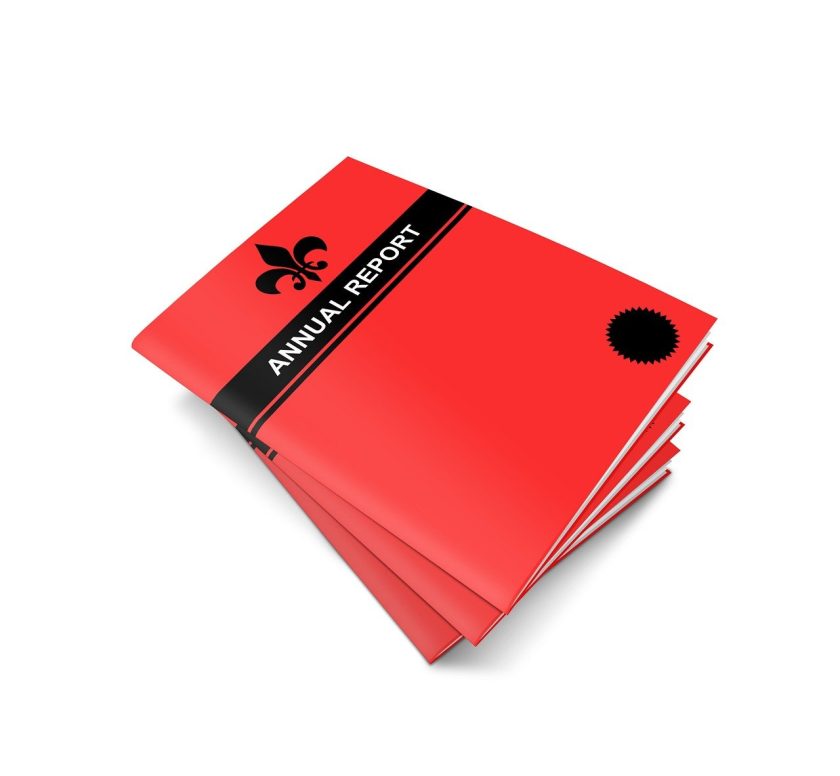Creating an effective book back cover is a crucial element for both self-published and published books. It’s the first impression your readers will get. So it needs to be eye-catching, informative, and grab their attention. Here are some design techniques and tips for creating a successful back cover.
1. Choose Your Cover Design
The design of your book’s back cover is one of the most important elements to consider when creating a successful cover. Make sure it reflects the content and genre of your book while communicating a clear message to potential readers. You can use online tools like Canvas or Adobe Spark to create stunning designs.
2. Use Visuals to Draw Attention
When it comes to book-back cover design, visuals are key. Adding images such as photographs, illustrations, or graphic elements can help draw readers in and give them a better understanding of the content inside the book. Choose your visuals and make sure they reflect the tone and theme of your book.
3. Incorporate Your Branding
Your brand is an important part of any cover design, and this applies to the back cover as well. If you’ve already created branding guidelines, be sure to incorporate those elements into your cover design, such as fonts, colors, or logos. This will help create a unified look and feel for all your marketing materials.
4. Test Different Variations
Designing a successful eBook Cover Design is an ongoing process. So don’t be afraid to experiment with different variations to see what works best. You can test out various design elements such as fonts, colors, and visuals, as well as different types of layouts. Consider creating a few versions and getting feedback from readers to determine the best option for your book.
5. Include a Call-to-Action
Include a call-to-action (CTA) on your book’s back cover that encourages readers to buy or read the book. You can use phrases like “Buy Now” or “Download Now” to create urgency and motivate potential readers to take action.
6. Use Appropriate Text
Make sure to include text on your book’s back cover that describes the content of the book, as well as any awards or endorsements it has received. This will help potential readers understand what the book is about and why they should consider purchasing it. Be concise and use language that appeals to your target audience.
7. Use High-Resolution Files
When creating a back cover of the book, it’s important to use high-resolution files for the visuals and text. Low-quality images can look pixelated or blurry when printed. So be sure to use only the highest-quality files for your design.
8. Use Social Proof
Adding social proof to your book’s back cover is a great way to increase credibility and appeal. Consider including reviews, ratings, or endorsements from industry professionals or well-known figures in the field. This will help give potential readers confidence that your book is worth their time and money.
9. Consider Professional Design
If you don’t have the time or skills to design a 3d printed book cover yourself, consider hiring a professional designer. They can create something unique and eye-catching for your book that stands out from the competition. Most designers will also provide suggestions and advice on how to make your back cover even more effective.
10. Keep it Simple
The most successful back covers are usually the simplest ones. Avoid adding too many elements, as this can make your design look overwhelming. Stick to a few key visuals, a CTA, and some relevant text that describes the content of your book. Keeping it simple will help draw readers in and increase the chances that they’ll pick up your book.
11. Aim for Consistency
Consistency is key when it comes to book cover design. So make sure all the visuals and text on your back cover align with those on the front cover. This will help create a unified look and feel that readers can recognize and remember. It’s also important to ensure that all the information on both covers is accurate and up-to-date.
12. Use Professional Services
If you’re not confident in your design skills, there are many professional services available. That can help you create an eye-catching book back cover. Sites like 99Designs or Fiverr offer templates and tools. That you can use to create a stunning back cover. You can also hire a professional designer to create something unique for your book.
Conclusion
Creating an effective book cover is an essential part of any successful publishing journey. By following these design techniques and tips, you’ll be able to create something. That stands out from the crowd and grabs your readers’ attention. With a little bit of time and effort, you can create something unique. That showcases both your book and brand in the best light.





